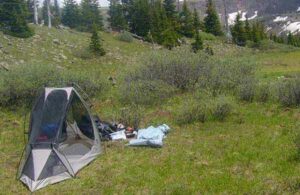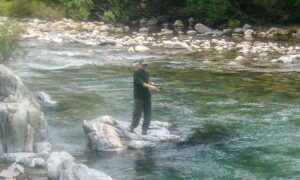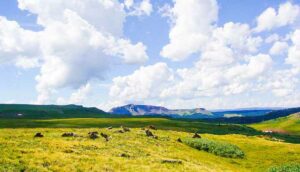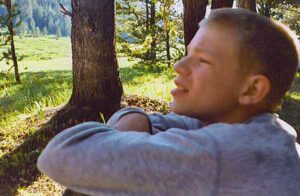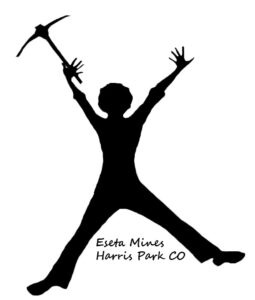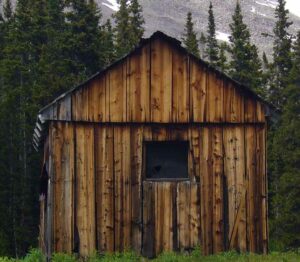OutWESTWOODS
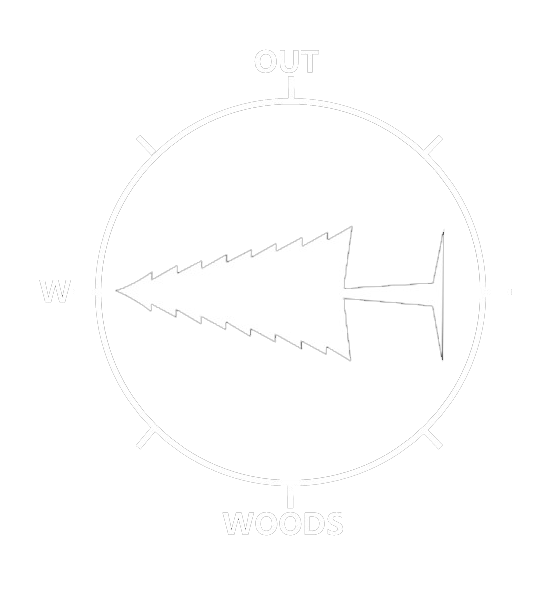
Tips and Tricks 1-7
After dedicating over 25 years to the art of backpacking, I have amassed a wealth of knowledge, uncovering numerous tricks and techniques to ensure my safety, maximize efficiency, and enhance the overall enjoyment of my adventures.
Allow me to share with you some of my favorite backpacking tips and tricks that have stood the test of time.

Tip #1 - Do Not Die
Due to TV shows, many people visiting the Rocky Mountains often believe that their biggest threat comes from animals like bears and mountain lions. However, the surprising reality is that most fatalities in the region occur due to falling and drowning, with animal-related incidents being relatively rare.
That’s not to say animals aren’t a potential threat, but it’s often not the ones people typically worry about. Many of the larger animals, such as buffalo, elk, moose, and deer (especially during mating season), have brains the size of a walnut. It’s important to respect their personal space and avoid crossing paths that might trigger their defensive instincts.
However, the primary danger by far is falling. It’s not necessarily about tumbling off a cliff, but rather the unforeseen accidents that can occur on the trails. Let me share a tragic incident that occurred when my son’s classmate was backpacking in Colorado during summer break. She lost her balance while trying to get a better view of a waterfall, leading to a fatal fall. It’s a reminder that even seemingly harmless situations can turn dangerous if caution is disregarded.
Always remove your backpack when peering down or exploring such areas. It’s not just waterfalls that pose a risk; even the trails themselves can be treacherous. In Colorado, where the terrain is filled with constant ups and downs, imagine hiking all day, descending a slope, and suddenly stumbling over a rock, resulting in a fall of just ten feet. The impact of a heavy backpack hitting your head on a rock can be fatal. Rocks are abundant in the area, and these minor falls with a substantial pack can lead to tragic outcomes.
Drowning ranks as the second leading cause of death in the Rocky Mountains. The water in this region is incredibly cold, often originating from snowfall or glaciers. People may impulsively jump into the frigid water without adequate preparation, experiencing a reflexive gag reflex that causes them to inhale water and drown within seconds.
While my personal advice would be to stay out of the water altogether, if you do decide to venture in, please be aware of the gag reflex and be prepared for the coldest water you’ve ever encountered.
Lastly, there are other causes of death in the area, including lightning strikes, heart attacks, exposure to extreme weather conditions, and exhaustion. It’s crucial to be aware of these risks and take appropriate precautions when exploring the Rocky Mountains.
ROCKY MOUNTAIN NATIONAL PARK – A girl who fell to her death at Rocky Mountain National Park Wednesday has been identified as 13-year-old Abigail Walter of Bailey. June 2004–
Rest her wonderful soul.
(Always take off your backpack, always, if you take a look down)
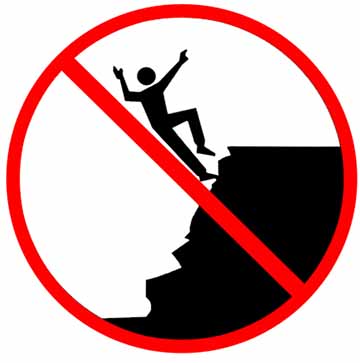
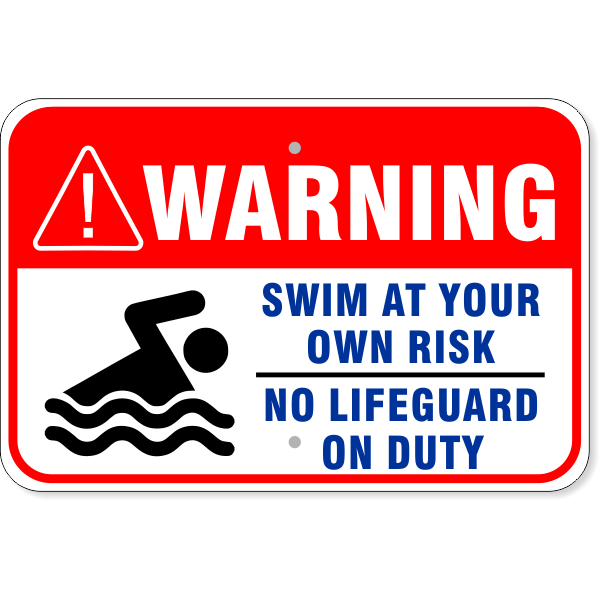

Tip #2 CElls Phones NO/Spot Device YES!!!!
Cell phone reception is unreliable in Colorado’s high country, so relying on them for communication is not a viable option unless you have a satellite phone.
While cell phones may work near major roads, once you venture away from the road and into hiking areas, the signal weakens rapidly.
However, I highly recommend investing in a SPOT GPS Tracker. This device offers several useful features. Firstly, it allows you to send three programmable messages to ten different email addresses. Your friends and family can easily track your location on Google Earth by clicking on the messages. Additionally, the SPOT enables you to send an SOS signal to request help in case of emergencies, and it even provides rescue insurance. The standard yearly service includes basic tracking for $149.99, and you can opt for “unlimited” tracking at an additional cost of $49.99.
If you or someone you’re hiking with has a history of heart issues or could potentially experience a heart attack, carrying a SPOT GPS Tracker is especially important.
As a bonus, the SPOT device is lightweight, weighing only about 4 ounces, so it won’t add significant weight to your gear.
Tip #3 Prepare for afternoon and late night rain showers
When exploring the Rockies, especially in Colorado, it’s wise to anticipate afternoon and late-night rain showers. The good news is that the weather is generally pleasant during the day, and it’s uncommon to experience multiple consecutive days of rain.
However, the clear mornings and mid-days provide the perfect conditions for thunderstorms to develop over the high peaks. Around 4pm, these storms start to descend from the peaks to lower elevations, bringing the day’s storms your way.
Interestingly, you might find that another mountain range, approximately 50 miles west of your location, undergoes a similar phenomenon. However, those storms won’t reach you until well after dark, resulting in late-night rain showers. These showers typically last no more than two hours.
Based on personal experience, I’ve encountered afternoon and late-night rain showers on approximately 50% of my trips. Being prepared for these weather patterns will ensure you can enjoy your adventures while staying dry and safe.
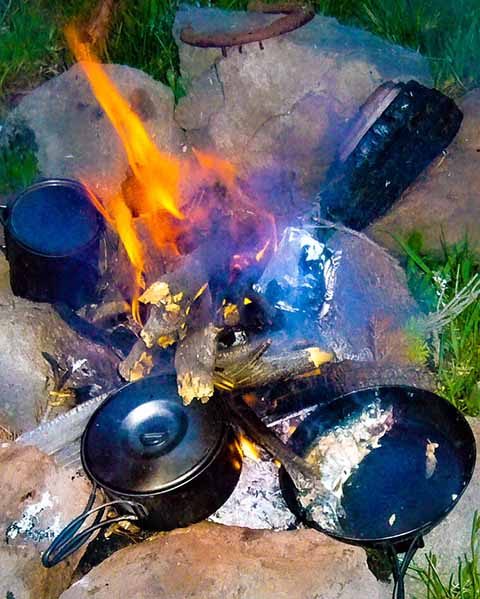
Here Fishy, Fishy...
Tip #4 Camp Fires and Red Stuff
There’s nothing quite like a campfire to unwind, ward off the chill, and keep pesky bugs at bay. In most cases, especially early in the season, campfires are allowed. However, it’s important to be aware that fire bans can be implemented unexpectedly. To be prepared, it’s a good idea to have a small gas stove handy in case a fire ban is enforced during your trip.
When it comes to campfires, everyone has their own preferences. I had a friend who insisted on having a roaring fire as soon as we reached camp, citing the need to keep the bugs away. I must admit, this frustrated me a bit because it meant spending time gathering wood to fuel the large fire.
Personally, I prioritize setting up my camp right away, knowing that rain is likely on the horizon. To make wood collection easier, I use a handy trick called my “fire rope” to bundle up the wood. Most of the time, one load is sufficient, saving me time and effort. Additionally, I prefer to build a small fire that meets my needs.
In Colorado and the Rockies, pine trees contain a highly flammable substance I referred to as “red stuff.” While this material ignites easily, it emits smoke with unpleasant-tasting chemicals, so it’s not suitable for smoking food. To start a fire, look for dead branches adorned with red, dead pine needles. When these pine needles are lit, they create a torch-like flame. Even on the wettest of days, the “red stuff” can be incredibly helpful in getting a fire going.
Interestingly, this flammable substance has a spearmint-like scent. To experience it, you can peel back the tough bark to expose the soft pulp beneath and take a sniff. The sap from pine trees is also highly flammable. I’ve often come across dry sap lumps seeping from tree wounds, and when ignited, they burn vigorously, resembling fat. I’ve even considered attempting to create a candle from it.
Tip #5 How far can you travel in a day?
It’s important to be realistic about the distance you can cover in an hour when hiking in Colorado.
Looking at a map, you might think that a particular route of 8 miles can be completed in just a couple of hours. However, this might be feasible in parts of Wyoming and Montana, where you have long, relatively flat valleys with fantastic fly fishing opportunities.
In contrast, most of Colorado is known for its rugged terrain, making it the most challenging state in terms of ruggedness. In fact, if you were to flatten out all the states, Colorado would become the largest. Therefore, when backpacking or day hiking, be prepared for numerous hills, inclines, and switchbacks that add distance to your journey. In many cases, if the map shows a straight line of 8 miles, you can expect it to be closer to 12 miles on the ground.
Another factor to consider is elevation. Even if you’re accustomed to living at 8200 feet, as I did for over 20 years, your pace can dramatically decrease once you reach tree line (around 11,000 feet). It’s not because your legs are tired but rather because your heart starts pounding out of your chest after just a few steps. This can significantly slow you down.
Additionally, the weight you carry in your backpack can make a significant difference, especially above tree line. What might feel like a manageable load at lower elevations can feel like a burdensome 100 pounds in the alpine zone.
To plan your trip effectively, it’s wise to estimate a pace of around one mile per hour, considering the challenging terrain and elevation changes you’ll encounter. Be prepared for demanding hikes, and allow yourself ample time to reach your destinations.

Remember you are not a crow.
Crows, king of the woods as they stay year around not even the bitter cold slows them.

$.64 Cents
Tip #6 always carry a whistle
I consider a whistle to be the ultimate survival tool that everyone should carry.
If you find yourself lost and shouting for help, you’ll quickly realize that your voice can only carry so far. The surrounding hills, trees, and streams tend to muffle the sound, making it difficult for others to hear you.
In contrast, a whistle can be blown for hours using minimal energy, and its piercing sound can travel much farther than your voice. By blowing a whistle, you can alert potential rescuers to your location more effectively.
The universal signal for help is three short blasts on a whistle, making it a simple yet powerful way to communicate your need for assistance.
I always made sure my son carried a whistle when we ventured into the outdoors. Not only is it an essential safety device, but it also serves as a reliable means of communication. For instance, a long continuous blow could indicate a call to return to camp, while two short blasts might be used to locate each other in the wilderness.
In any outdoor adventure, having a whistle within reach can provide peace of mind and potentially save lives.
Tip #7 My Favorite boots
For more than three decades, my trusted companions on hiking adventures in Colorado have been the Merrell Wilderness boots. These boots have proven to be my favorite choice due to their exceptional qualities: they offer 100% waterproof protection, provide excellent ankle support, and dry remarkably fast.
When embarking on backpacking trips in the Rockies, especially early in the season when snow is melting rapidly, it’s common to encounter runoff water along the trails. Many times, the path you’re walking on becomes a temporary stream, requiring you to navigate ankle-deep water in certain spots.
While numerous boots claim to be water-resistant, the Merrell Wilderness boots stand out as truly waterproof. This remarkable feature is attributed to their one-piece leather construction, which eliminates any seams that water could penetrate. With these boots, the only way water could reach your feet is if it overflows the top of the boots. However, even if this happens, the boots dry out remarkably quickly, often within an hour or so. The minimal fabric lining inside the boots ensures that the leather remains dry, facilitating rapid drying.
Having the assurance of consistently dry boots is a true luxury, particularly during extended backpacking trips where reliable gear is essential.
It’s worth noting that these boots can be custom ordered from Merrell, and they offer sizes suitable for both men and women. So, regardless of your gender, you can enjoy the benefits of these exceptional boots tailored to your specific needs.
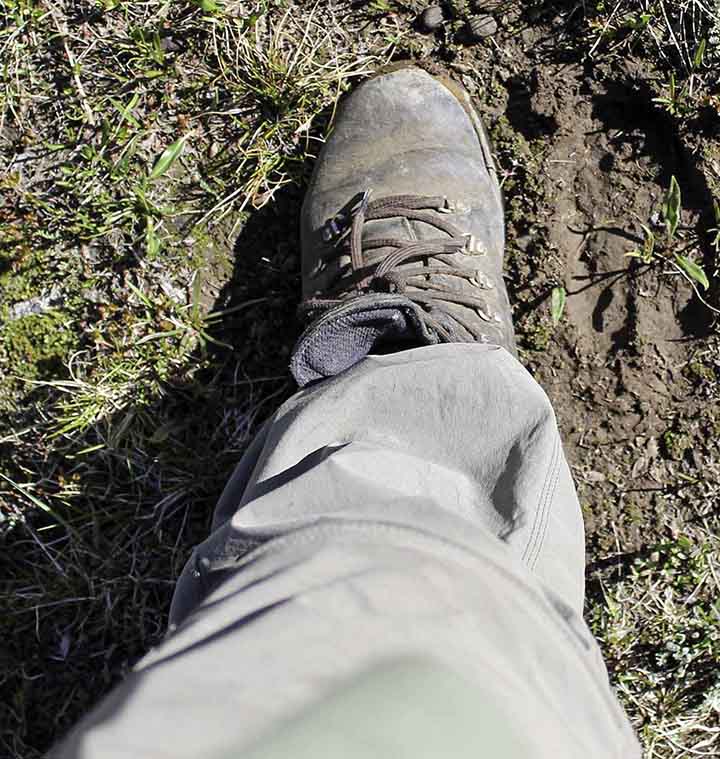
After three decades of faithful service, my boots continue to accompany me on countless adventures, traversing hundreds of miles along the way. With a few sole replacements and a touch of care, they have remained resilient and reliable.
As I glance at them today, I realize they bear the marks of our shared journeys, a testament to the memories we’ve forged together. However, I must confess that I am missing the iconic blue laces that have become synonymous with these boots.
Nevertheless, their durability and enduring performance make them an invaluable companion on every hike.
The Merrell Wilderness
“the best hiking boots ever made”
Over 30 years ago, Randy Merrell started building handcrafted custom boots for a small group of outdoor enthusiasts. Thanks to Randy’s no-compromise approach to bootmaking, his boots quickly garnered a reputation as “the best hiking boots ever made.” That reputation still stands today.
Merrell Wilderness hiking boots may take a little time to break in, but they’re built to last a lifetime. All of the boots are made in the USA with premium materials, including a full grain waterproof leather upper, Italian metal hardware, Tesivel 3-bar knit lining, and a high-performance Vibram rubber outsole.
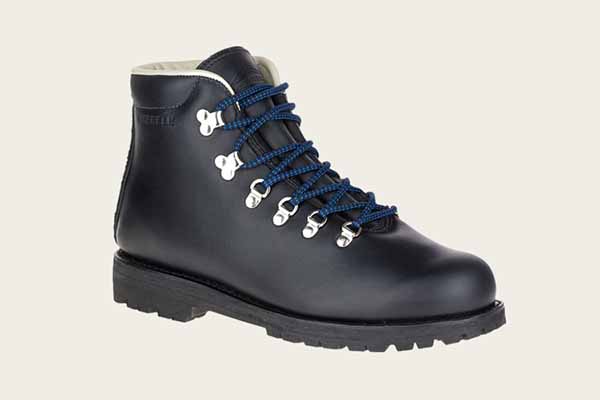
Tricks and Tips Continued
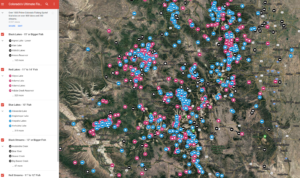
Much More To Discover At OutWestWoods
Discover essential tips for your outdoor adventures in Colorado’s backcountry:
Backpack Equipment List: Get a comprehensive checklist for your backcountry backpacking needs.
Ultra-Light Fishing: Learn a lightweight fishing technique tailored for Colorado’s wilderness.
Must-Visit Places: Explore remarkable destinations in Colorado’s backcountry.
Safety Tips and Tricks: Stay secure with valuable insights on outdoor safety.
Enjoy your Colorado adventure with these handy tips!
With decades of experience, I’ve crafted the ultimate backpacking equipment list for Colorado’s high country.
Discover the perfect fishing experience in Colorado’s small mountain streams with ultra-light lure fishing techniques. Learn my tried and tested methods for guaranteed success.
Experience the wonder of my extensive backpacking adventures in Colorado’s high country. Countless hours of research and exploration led me to discover some truly amazing locations.
Embark on a journey through my extensive backpacking adventures in Colorado’s high country. Countless hours of research and exploration unveiled truly amazing locations that will leave you in awe.
Please see Eseta Mines for jewelry, displays, crystals, mine tours, mine location and filing services.
